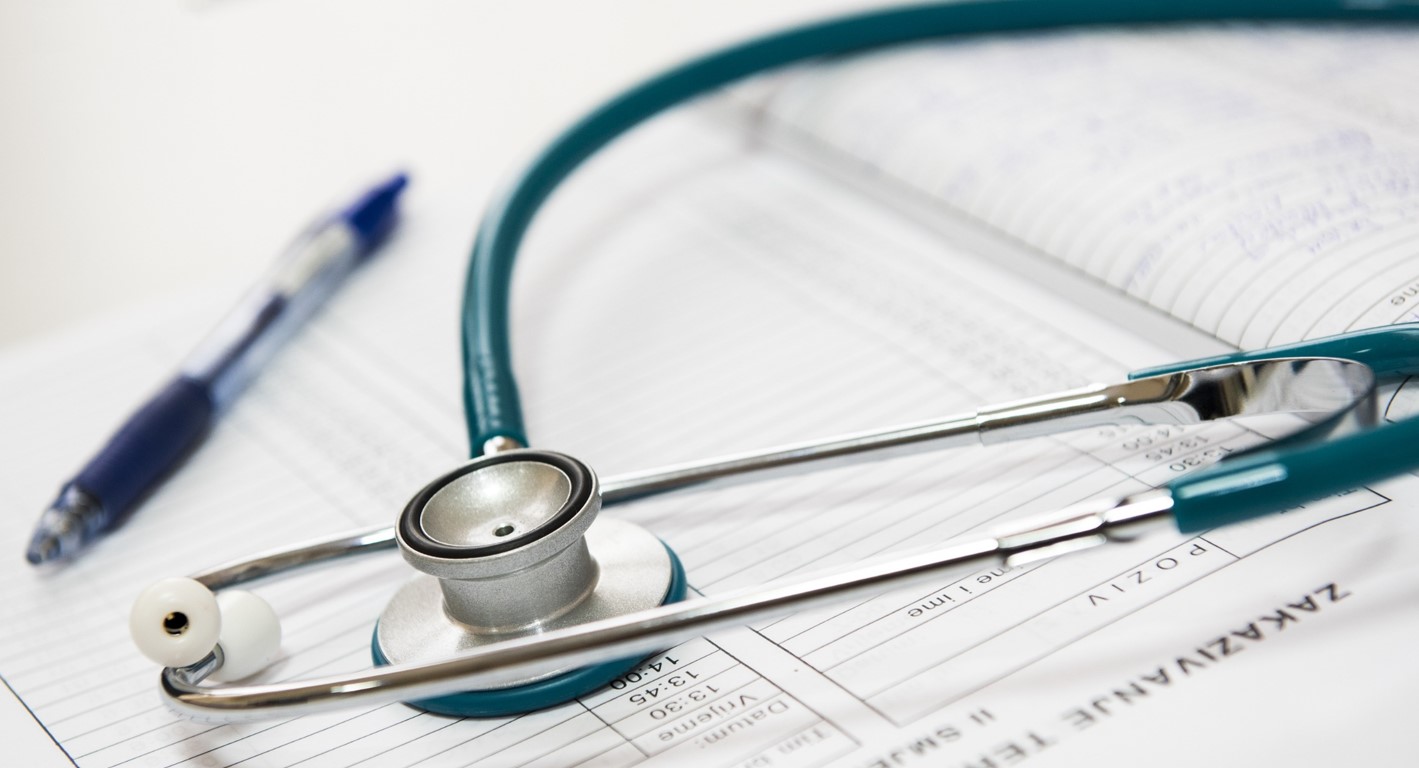Eye Problems in Lowe Syndrome
There are a number of issues regarding the eye that occur in Lowe syndrome. Because of this, it is important to carry out routine examinations of the eyes. All individuals with Lowe syndrome have impaired vision; corrected acuity with glasses is rarely better than 20/100. Despite aggressive intervention, visual disability may progress to blindness.
Cataracts are present at birth in nearly all cases of Lowe syndrome, although they may not be discovered until the child is a few weeks old. A cataract is the ‘clouding’ of the lens of the eye- it is painless but it reduces the amount of light that can reach the retina, making vision less clear. It may be necessary to remove the lenses, to allow light to reach the retina, and use glasses instead.
Glaucoma is present in approximately 5 out of 10 individuals with Lowe syndrome. This is a disease in which the pressure inside the eye becomes too high, and can damage the retina and optic nerve, leading to loss of sight. The infantile glaucoma is difficult to control and may require surgery. It often results in enlarged eyes and progressive visual loss.
By their teens, approximately half of individuals with Lowe syndrome develop ‘scar tissue’ over the cornea of one or both of their eyes. This corneal degeneration can cause visual impairment, like cataracts.
Many children with Lowe syndrome develop crossed eyes or a squint (strabismus). It can impair eyesight and delay development of the visual systems in the brain. Treatment often involves an assessment of the eye muscles and a prescription for glasses, then patching the straight eye so that the squint eye can improve. Following this, surgery may be performed to align the eye muscles.
A variety of optical devices are used by individuals with Lowe syndrome. Many will use glasses; some will use software to make computerised text larger.
Due to difficulties with their vision, individuals with Lowe syndrome tend to engage in self-stimulatory activity. For example repetitive behaviours like rocking movements and hand flapping, as well as eye rubbing or pressing.




